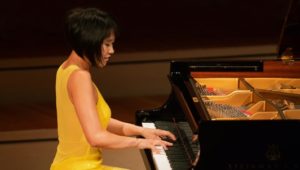
by Kevin T McEneaney
Last Sunday afternoon at The Stissing Center in Pine Plains, the classical chamber series curated by Sophia Zhou, presented Art of the Duo with violinist Stella Chen and pianist Giles Vonsattel. Chen plays the 1700 ex-Petri Stradivarius on loan from Dr. Ryuji Ueno. Chen was the winner of the 2019 Queen Elizabeth Competition, as well as being the recipient of a 2020 Avery Fisher Career Grant and 2020 Lincoln Center Emerging Artist Award. Recently she has made her debuts with the New York Philharmonic, Minnesota Orchestra, Chamber Orchestra of Europe, and the Chicago Symphony.
Swiss-born Giles Vonsattel, Juilliard educated, is the recipient of an Avery Fisher Career Grant, and winner of the Naumburg and Geneva competitions, as well as the 2016 Andrew Wolf Chamber Music Award; he is Professor of Piano at the University of Massachusetts at Amherst and on the faculty of Bard Conservatory. Vonsattel is a Steinway Artist, who played on a Steinway Baby Grand at The Stissing Center. Praised by the New York Times for his powerful interpretations, he is known for his versatility.
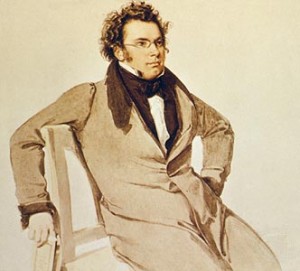
They opened with Franz Schubert’s Sonata in A Major, D. 959, the middle panel of the triptych of Schubert’s final sonatas. Schubert completed his final three piano sonatas in September 1828, just a few months before his death at the age of 31. The work opens like a chorale with bass octave leaps that provide rhythmic propulsion at the lightning fingers of Vonsattel with Chen soaring above him. The soothing melody of the second movement was dominated by that sweet Viennese style Schubert was famous for; Chen appeared to capture effortlessly a svelte lyricism tinged with resignation of mortality without a hint of self-pity. The final movement began with a cyclic appropriation of the first movement (a folkloric, Celtic device), perhaps recalling the joy of music in his youth, and concluded with an acceptance of fate while hinting at the possibility that he had achieved an ability to compose with unprecedented fluency. Chen and Vonsattel played with such unity that I felt there was no more to say about life, yet we were at the beginning of a program, not the end. Chen was so pleased that she said she will in the future perform this work more often. (This was her first performance of this work.)
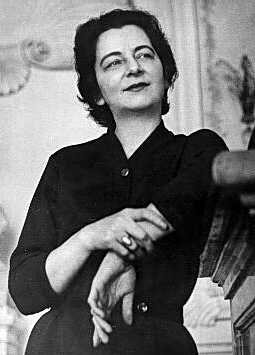
The name Grażyna Bacewicz (1909-69) may not be familiar to many concert attendees, yet she remains an important mid-century Polish composer, especially of the violin and orchestral composition. She had studied under Nadia Boulanger in Paris; Witold Lutoslawski regarded her as the most foremost woman composer of the twentieth century. I must confess that I have recently become an admirer of her work. Partita for Violin and Piano (1955), which also exists in an orchestral form, offered robust rhythms on piano accompanied by soaring violin with dissonant asides. The opening Prelude was rich with Polish folk melodies; the lively Toccata exhibited the comic side of Polish folk music with dissonant commentary that evoked an ambiguity as to whether the present or the past was more resourceful in humor; the Rondo contrasted folklore with modernism as if asking which approach offered more pleasure and wit; a return to the Prelude folkloric motif meditated on how dissonance may be satisfactory with dissonant ostinato intervals; the concluding melancholic Intermezzo in an impressionist accent appeared to dramatize what will be lost to the tradition of music if folkloric style disappears as a result of more modern aesthetic constructions.
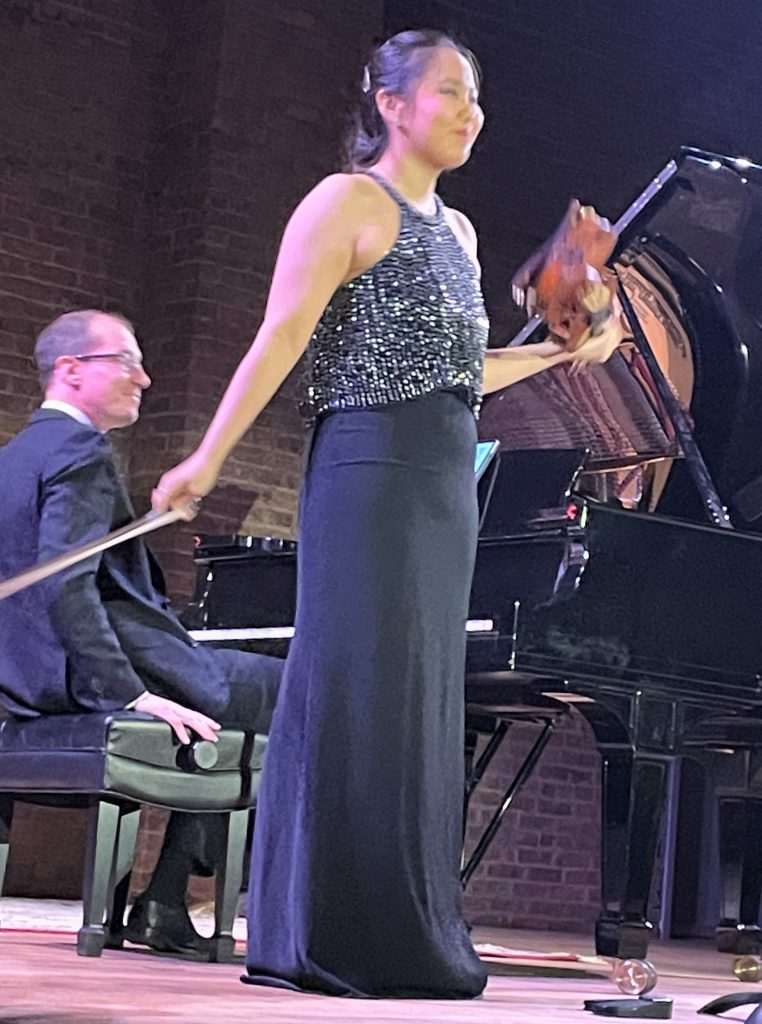
Eleanor Albergo is a Jamaican pianist, symphonic and operatic composer, and songwriter who has enjoyed many commissions from the BBC Proms and The Royal Opera, Convent Garden. No-Man’s Land Lullaby for Violin and Piano (1996) offered an extended meditation on the horrors of war which concluded with a surprising reversal: an enchanting lullaby that sings a song of hope for the future of humankind—the hope that war will be an aspect of history that our globe will renounce. The earlier moments were shocking and explosive, yet the concluding lullaby is the most attractive lullaby I have ever heard.

The concert Finale was Violin Sonata No. 2 (1867) by Edvard Grieg who received his musical education in Leipzig, afterwards discovering the glories of his native folk music which he presented to the world. This work was composed shortly after his return to Norway and his marriage. Vonsattel ably performed the slow melancholic rhapsody that opens the work as Chen articulated with poignancy the difficulties of winter. The following Allegro vivace celebrates the ecstatic rhythm of traditional Spring dances in Norway as it moves into ballad like format with flattened sevenths. The middle section was delightful in the fruit of summer melodies. While there is folkloric repetition, this is done with interesting variations. Autumn is earmarked by tranquility, satisfaction, recalling the slow movement of the summer motif as if remembering with fondness the lushness of summer light. Vonsattel articulated the modal memory of autumnal recollection as Chen frenzied her shearing strings with broad, triumphal melody amid Vonsattel’s exciting arpeggios in the strikingly powerful conclusion, which brought the audience to their feet in extended applause. Demanding a second bow.
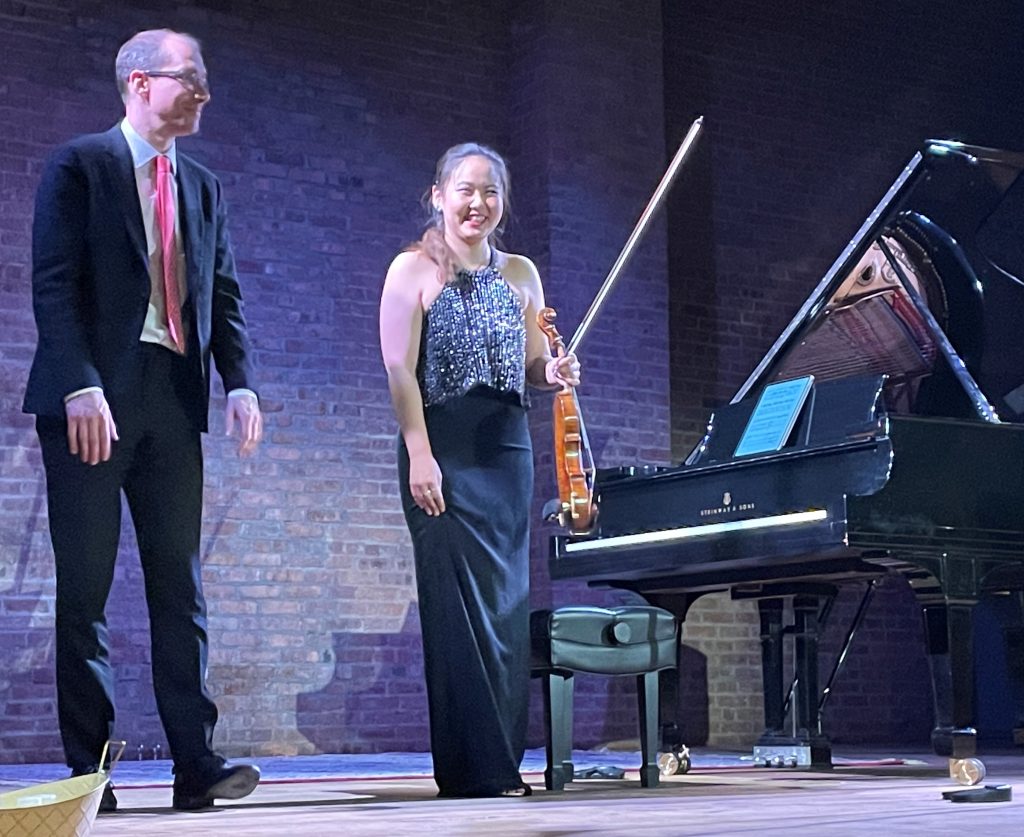
The quality of this Chamber Music series at The Stissing Center has been remarkable.
Next up: https://www.thestissingcenter.org/all-events May 05, 7 pm.
